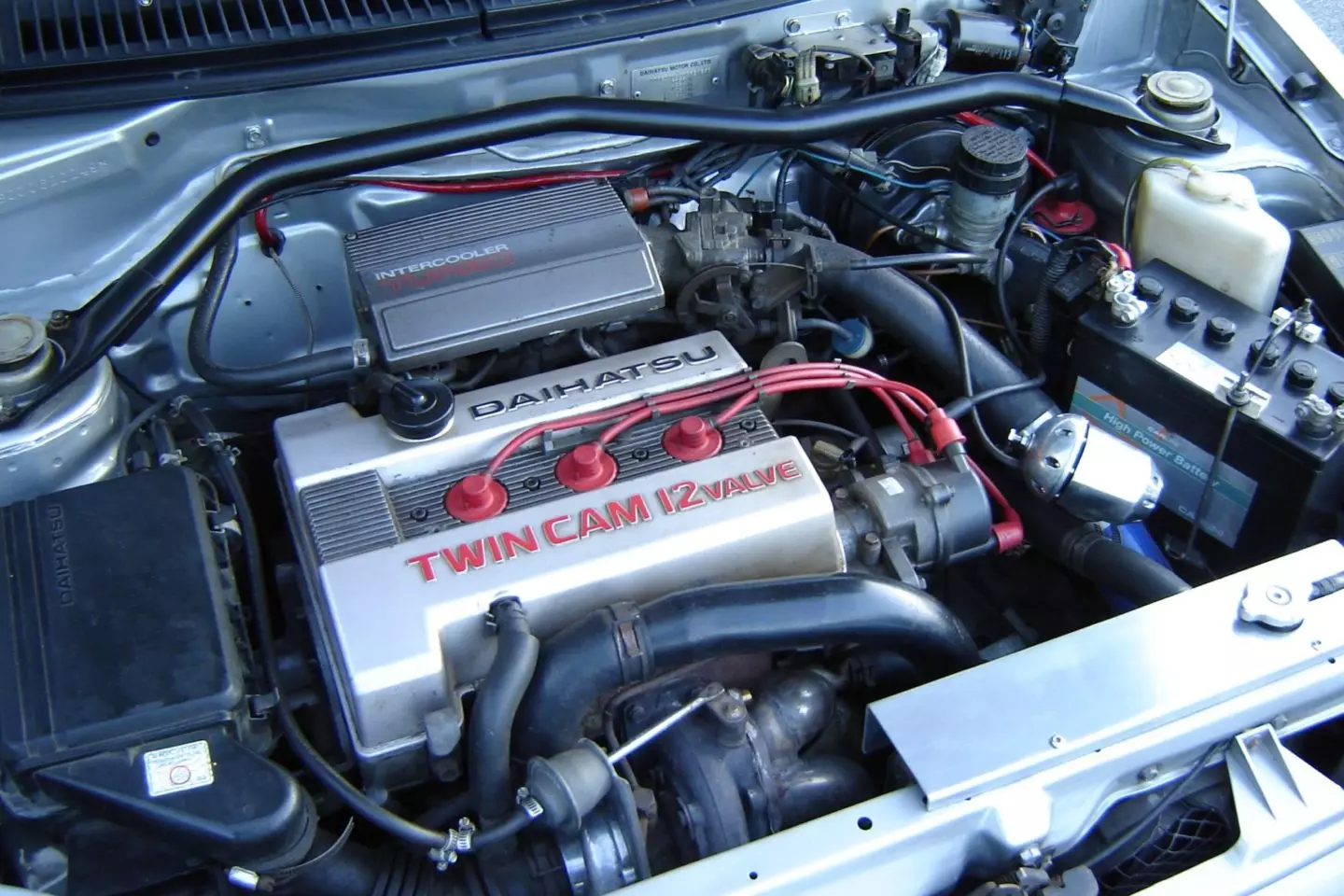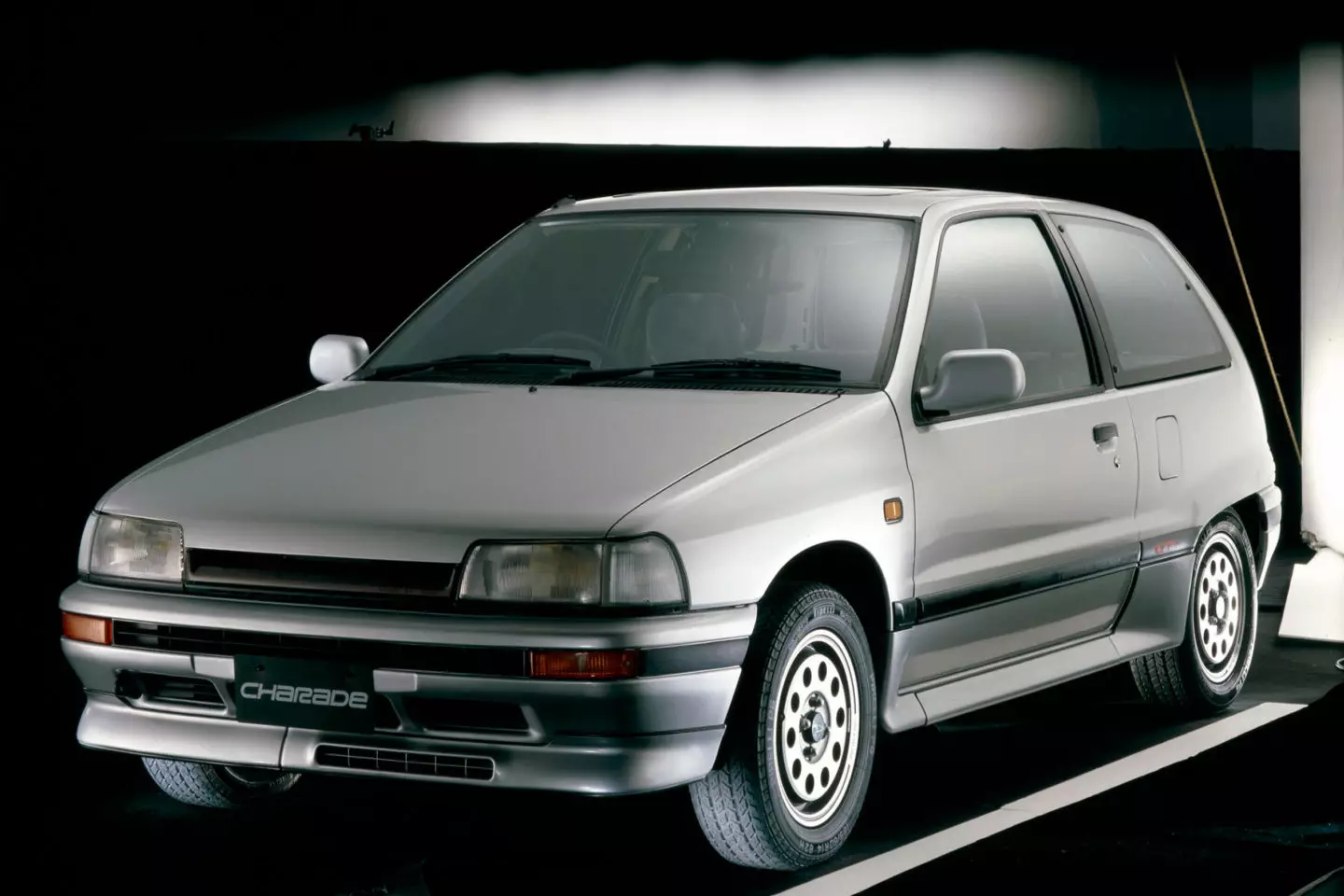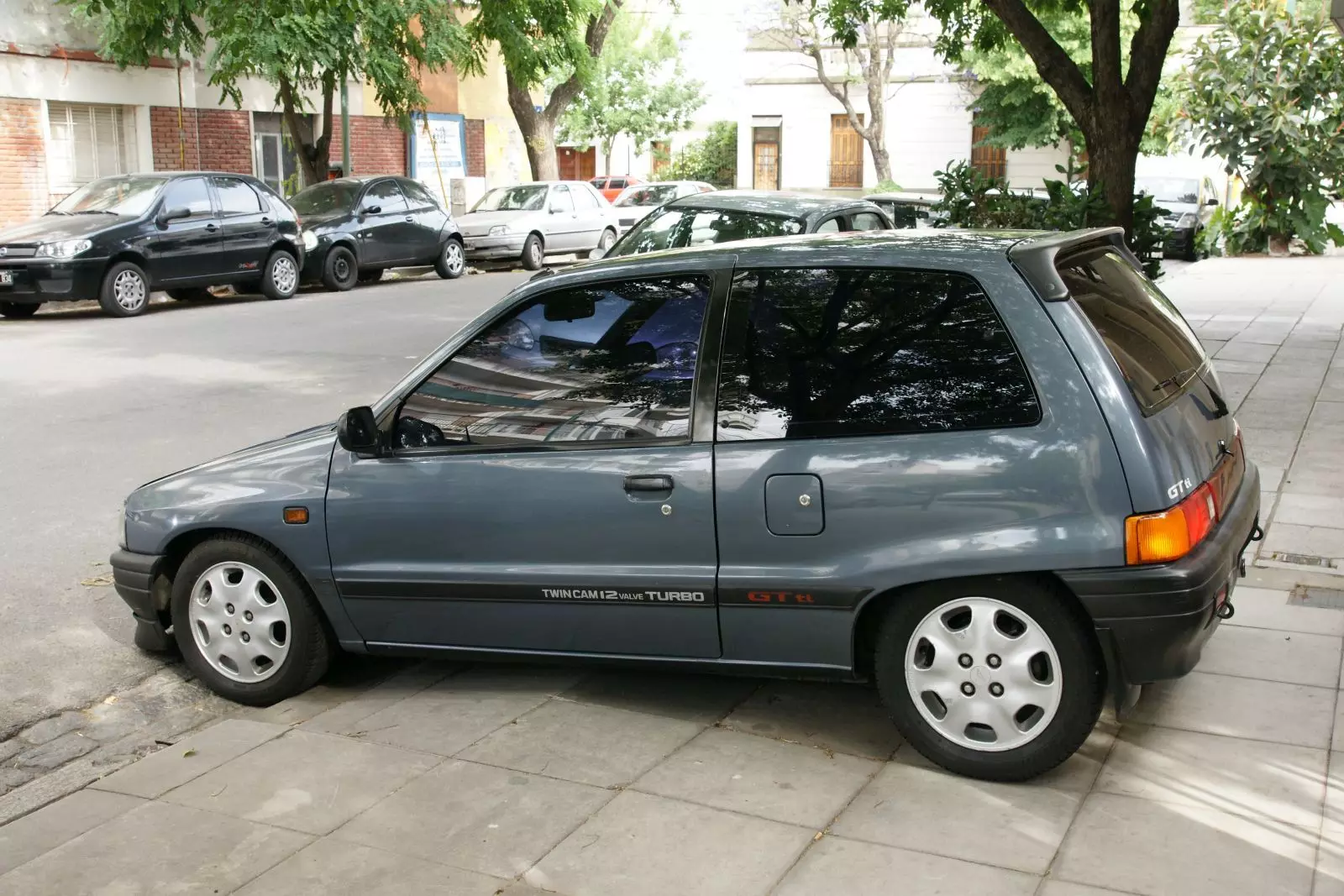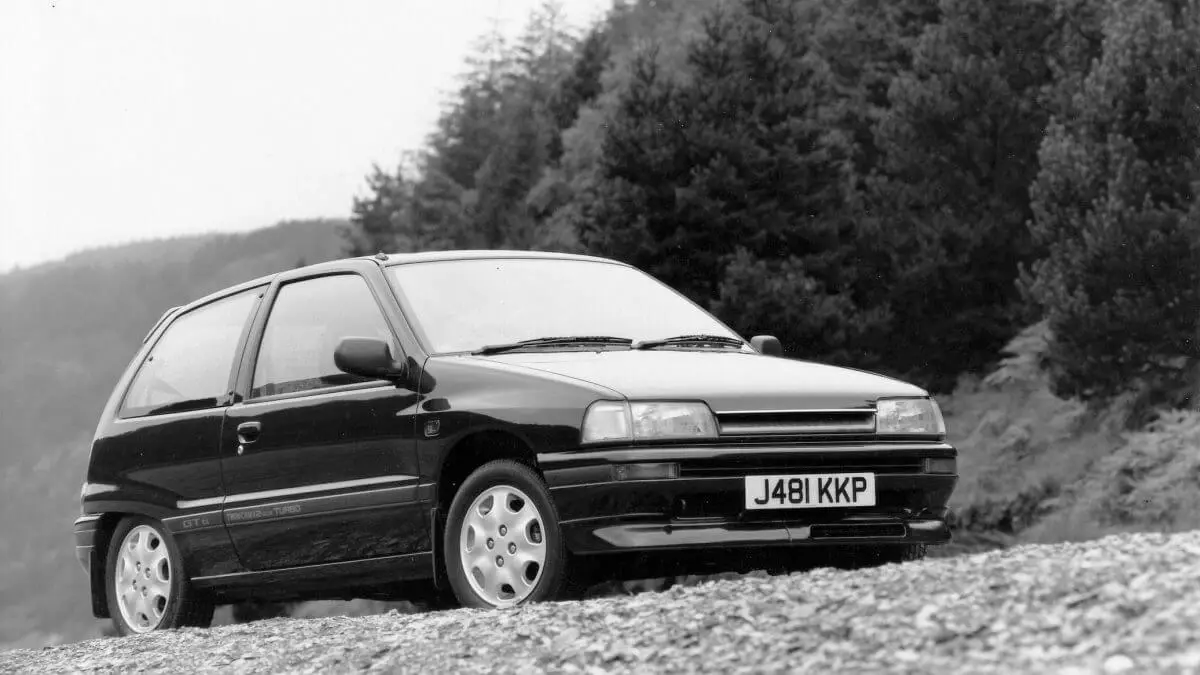Only one liter of capacity, three cylinders in line, four valves per cylinder and turbo. A description applicable to too many cars nowadays, but in the past it came to have a much more special and exciting meaning, due to the rarity of the solution, and even more applied to a small sports car like the Daihatsu Charade GTti.
In the year it was released, 1987, there was nothing quite like it. Okay, there were small sports cars, no doubt, but mechanically they were far from this level of sophistication, except perhaps for another Japanese, the Suzuki Swift GTI.
But with three cylinders, turbo, intercooler, dual camshaft and four valves per cylinder, they put the Charade GTti in a world of its own.

The small 1.0 three-cylinder — codenamed CB70 or CB80, depending on where it was sold — had 101 hp at 6500 rpm and 130 Nm at 3500 rpm, but had a lung and was large enough to reach 7500 rpm (!), as appropriate. reports from the time. Compare with the current thousand that in general, are around 5000-5500 rpm…
The numbers are, without a doubt, modest, but in 1987 it was the most powerful 1000 cm3 engine on the market and, reportedly, it was the first production engine to surpass the 100 hp/l barrier.
101 hp very healthy
Although the 101 hp doesn't seem like much, it should be remembered that small cars like the Charade were light weight at the time, managing to smudge from their blocks performances that the modest numbers sometimes didn't let us guess.

With a weight of around 850 kg and a five-speed manual gearbox scaled for engine numbers and not for consumption, they provided very respectable performance, on a level and even better than any of the competition — even other turbos like the first Fiat Uno Turbo ie — as shown by the 8.2s to reach 100 km/h and 185 km/h top speed.
As with today's small turbo engines, linear in response and seemingly without turbo lag, the Charade GTti also shared similar characteristics — the turbo had just 0.75 bar of pressure. And despite the focus on performance and the presence of a carburetor, consumption could even be considered moderate, in the order of 7.0 l/100 km.
made to drive
Fortunately the performance was accompanied by an excellent chassis. According to tests at the time, despite references like the Peugeot 205 GTI being superior in the dynamic chapter, the Charade GTti was not far behind.
The sophistication of mechanics was paralleled by the suspension, independent on the two axles, always with a MacPherson design, it had stabilizer bars, managing to extract the maximum from the narrow 175/60 HR14 tires, which concealed disc brakes both at the front and at the rear - despite everything, the braking wasn't famous, but it wasn't famous in its peers either…
Otherwise, the Daihatsu Charade GTti was the typical Japanese SUV of the time. With rounded lines and aerodynamically efficient, it had large windows (great visibility), enough space for four people, and the interior was what one would expect from a robust Japanese car.

The GTti stood out from the rest of the Charade thanks to sporty-designed wheels, front and rear spoilers, double exhaust and last but not least, the sidebar on the door with the description of the arsenal on board: Twin Cam 12 valve Turbo — capable of instilling terror in the eyes of anyone reading it...
The Daihatsu Charade GTti would become a hit on many levels, even in competition. Due to its turbo engine, it came to meddle with much more powerful machines, even achieving a significant result in the 1993 Safari Rally, reaching 5th, 6th and 7th places overall — impressive… just ahead of it was an armada of Toyota Celica Turbo 4WD.

It is curious to find in 1987 the archetype of the current compact car, especially considering the choice for its locomotion. Today, performance-sensitive small machines equipped with supercharged small tricylinders are much more common — since the recent Volkswagen up! GTI, to the Renault Twingo GT… and why not the Ford Fiesta 1.0 Ecoboost?
It's just missing something with GTti's more hardcore and addictive vein…
About "Remember this one?" . It is the section of Razão Automóvel dedicated to models and versions that somehow stood out. We like to remember the machines that once made us dream. Join us on this journey through time here at Razão Automóvel.
